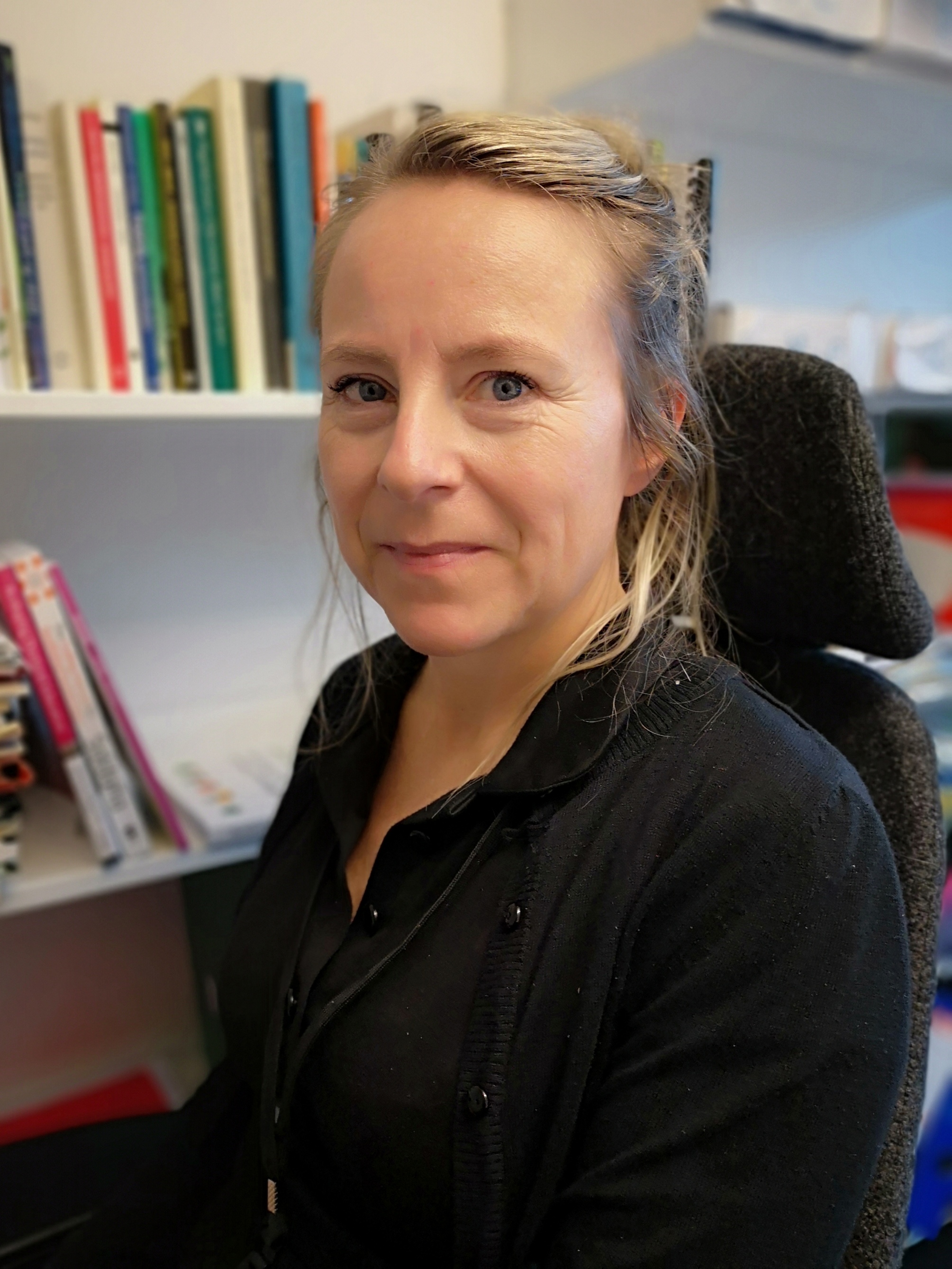Do you read for your toddler? Have you noticed that toddlers that are used to being read to, already have learned a lot about being a reader?

Sometimes a reading session with a toddler lasts a few seconds, other times it can go on for several minutes. Reading with a toddler is not about reading the book from start to finish, but to be involved in play. It is nice to see that even very young children who are used to being read for, have learned a lot already!
Toddlers who are used to being read to …
1. … pick up books
“The two person-game reading a book” is what the Swedish picture book researcher Ulla Rhedin (2004) calls reading for young children. Toddlers who have positive experiences with reading choose reading as a play activity, and books as toys. In the beginning, toddlers don’t really care much about which book they choose. They may chose a novel or a children’s book. The main thing for the toddler is that the book invites to a certain kind of activity together with an adult.
2. … back into the adult’s lap
Toddlers who want to read seek an adult as a partner for reading and play. In order to get into the right position, the toddler backs into the adult’s lap. The lap is where the reading happens. There, the toddler finds a soft and safe place, surrounded by the adult’s arms – and with the book directly as a joint focus for both. Then, the reading starts.
3. … turn the pages
Toddlers turn the book’s pages, both forwards and backwards, often randomly, and sometimes on the lookout for a particular picture. In the beginning, it doesn’t matter which way they turn the pages, as it is the turning of pages itself that is the game. Turning pages in a book requires fine-motor skills, and takes a lot of practice to master.
4. … point at the pages
Toddlers who read tend to point at details in the pictures, in order to steer the adult’s attention. Often the adult, without giving it much consideration, will name the object that the child is pointing at, and talk about what’s happening in the book. What triggers the toddler’s interest can vary, but things she recognises from her own life, or faces that clearly show emotions, for example that somebody looks sad, tends to be something she wants to study and “talk” about with the adult. Ingeborg Mjør (2009) writes that adults who read together with children are motivated readers, as we are engaged, adapt to the child’s own focus, and use language, our voice and facial expressions to show it.
* Being a reader is not the same as knowing how to read yourself, but being a reader is an important part of learning to read.
